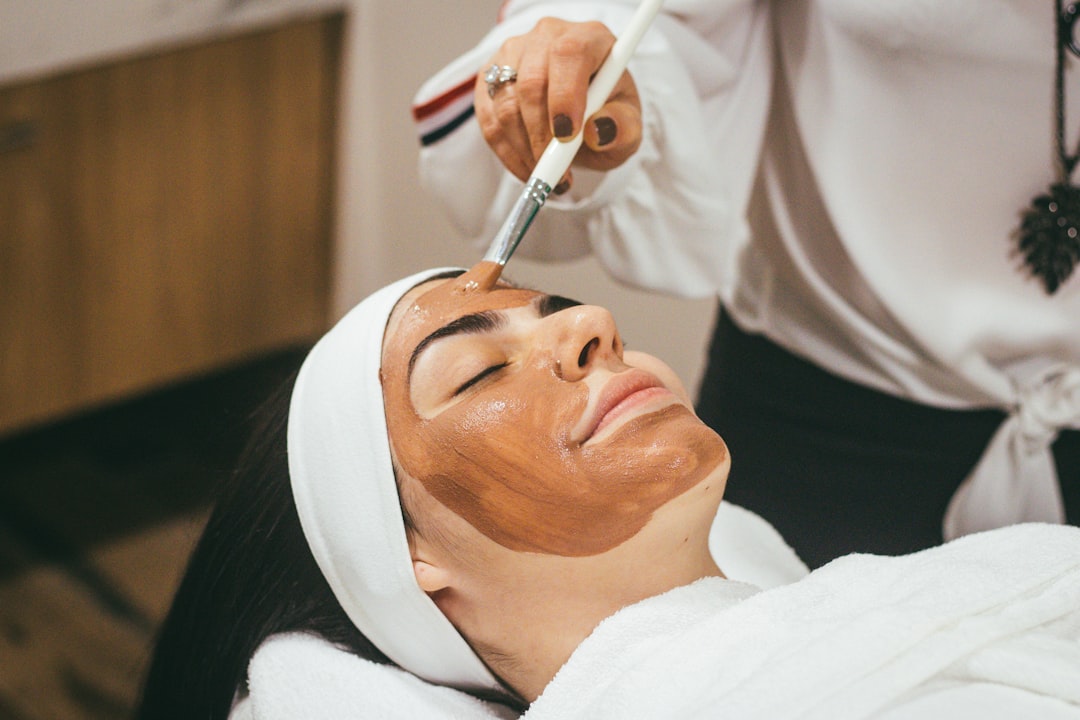To effectively manage hair reduction, it’s essential to first grasp the intricacies of the hair growth cycle. This cycle consists of three primary phases: anagen, catagen, and telogen. The anagen phase is the active growth stage, where hair follicles produce new hair.
This phase can last anywhere from two to seven years, depending on various factors such as genetics and health. Understanding this phase is crucial because it is during this time that hair is most susceptible to reduction methods. If you’re looking to achieve long-lasting results, targeting hair during its anagen phase is key.
Following the anagen phase is the catagen phase, which is a transitional period lasting about two to three weeks. During this time, hair growth slows down, and the hair follicle begins to shrink. Finally, there’s the telogen phase, which is the resting stage lasting around three months.
At this point, the hair is not actively growing and will eventually shed to make way for new growth. By familiarizing yourself with these phases, you can better time your hair reduction treatments for maximum effectiveness. Recognizing that not all hairs are in the same phase at any given time will help you understand why multiple sessions may be necessary for optimal results.
Key Takeaways
- Hair growth cycle consists of three phases: anagen, catagen, and telogen.
- Laser hair removal and electrolysis are effective long-term hair reduction methods.
- Consistent maintenance routine includes regular shaving, exfoliation, and moisturizing.
- Professional treatments like IPL and laser hair removal can provide long-lasting results.
- At-home hair reduction devices like epilators and laser devices can be used for maintenance between professional treatments.
Choosing the Right Hair Reduction Method
When it comes to hair reduction, you have a plethora of options at your disposal, each with its own set of advantages and disadvantages. Traditional methods like shaving and waxing are popular for their immediate results but often require frequent upkeep. Shaving is quick and painless but can lead to stubble and irritation if not done carefully.
Waxing, on the other hand, pulls hair from the root and can provide smoother skin for weeks at a time, though it may cause discomfort and requires some skill to execute properly. For those seeking longer-lasting solutions, laser hair removal and electrolysis are worth considering. Laser hair removal uses concentrated light to target hair follicles, effectively reducing hair growth over time.
Electrolysis, while more time-consuming, offers a permanent solution by destroying individual hair follicles with electrical currents. As you weigh your options, consider factors such as your pain tolerance, budget, and the area of your body you wish to treat.
Each method has its unique benefits, so take the time to research what aligns best with your lifestyle and goals.
Creating a Consistent Maintenance Routine

Establishing a consistent maintenance routine is vital for achieving and maintaining your desired level of hair reduction. After selecting a method that suits you, it’s important to adhere to a schedule that allows for optimal results. For instance, if you opt for laser hair removal, you’ll typically need multiple sessions spaced several weeks apart to effectively target hairs in their anagen phase.
Marking these appointments on your calendar can help ensure you stay on track. In addition to scheduling treatments, consider incorporating at-home care into your routine. This might include exfoliating the treatment area regularly to prevent ingrown hairs or using soothing lotions to minimize irritation post-treatment.
By being proactive in your maintenance routine, you can enhance the effectiveness of your chosen method and prolong the results. Remember that consistency is key; neglecting your routine can lead to unwanted regrowth and diminish the benefits of your efforts.
Incorporating Professional Treatments
| Treatment Type | Benefits | Frequency |
|---|---|---|
| Facial | Deep cleansing, exfoliation, and hydration | Once a month |
| Chemical Peel | Improves skin texture and reduces fine lines | Every 4-6 weeks |
| Microdermabrasion | Exfoliates and rejuvenates the skin | Every 2-4 weeks |
While at-home methods can be effective, incorporating professional treatments into your hair reduction plan can elevate your results significantly. Professionals have access to advanced technologies and techniques that may not be available for home use. For example, dermatologists or licensed estheticians can offer specialized laser treatments tailored to your skin type and hair color, maximizing efficacy while minimizing side effects.
Additionally, professional treatments often come with personalized assessments that can help identify any underlying issues affecting your hair growth. This tailored approach ensures that you receive the most appropriate care for your specific needs. Regular visits to a professional can also provide you with valuable insights into your progress and any adjustments needed in your routine.
By combining professional expertise with your at-home efforts, you can create a comprehensive plan that addresses both immediate concerns and long-term goals.
Using At-Home Hair Reduction Devices
In recent years, at-home hair reduction devices have gained popularity for their convenience and affordability. These devices range from handheld laser systems to IPL (intense pulsed light) machines designed for personal use. While they may not offer the same level of effectiveness as professional treatments, they can still provide noticeable results when used consistently over time.
When considering an at-home device, it’s essential to do thorough research to find one that suits your skin type and hair color. Many devices come with safety features designed to minimize risks, but understanding how to use them correctly is crucial for achieving optimal results. Follow the manufacturer’s instructions carefully and be patient; results may take time as you work through multiple sessions.
Incorporating these devices into your routine can be a cost-effective way to maintain your desired level of hair reduction between professional treatments.
Implementing Proper Skincare for the Treatment Area

Skincare plays a pivotal role in the effectiveness of any hair reduction method you choose. Proper care of the treatment area not only enhances results but also minimizes potential side effects such as irritation or ingrown hairs. After any hair removal treatment—whether professional or at-home—it’s essential to soothe the skin with gentle products that promote healing.
Consider using fragrance-free moisturizers or soothing gels containing ingredients like aloe vera or chamomile to calm any redness or inflammation. Exfoliation is also crucial; incorporating gentle scrubs or chemical exfoliants into your routine can help prevent ingrown hairs by keeping pores clear and promoting healthy skin turnover. However, be cautious not to over-exfoliate, especially immediately after treatment when your skin may be more sensitive.
By prioritizing skincare in conjunction with your hair reduction efforts, you’ll create an environment conducive to optimal results.
Managing Hormonal Changes
Hormonal fluctuations can significantly impact hair growth patterns, making it essential for you to manage these changes effectively if you’re serious about long-term hair reduction. Conditions such as polycystic ovary syndrome (PCOS) or hormonal imbalances can lead to increased hair growth in unwanted areas. If you suspect that hormones are affecting your hair growth, consulting with a healthcare provider can provide valuable insights into potential treatments or lifestyle changes.
Regular exercise, a balanced diet rich in whole foods, and stress management techniques such as yoga or meditation can all contribute positively to hormonal health. By addressing hormonal issues proactively, you can enhance the effectiveness of your chosen hair reduction methods and achieve more consistent results over time.
Seeking Professional Advice for Long-Term Maintenance
As you embark on your journey toward effective hair reduction, seeking professional advice is invaluable for long-term maintenance. A consultation with a dermatologist or licensed esthetician can provide personalized recommendations based on your unique skin type and hair characteristics. They can help you navigate the myriad of options available and tailor a plan that aligns with your goals.
Moreover, professionals can monitor your progress over time and make necessary adjustments to your routine as needed. Whether it’s suggesting alternative methods or recommending specific products for skincare post-treatment, their expertise can guide you toward achieving lasting results. Remember that maintaining open communication with your healthcare provider about any changes in your body or concerns regarding hair growth will empower you to make informed decisions about your ongoing care.
In conclusion, managing hair reduction effectively requires a multifaceted approach that encompasses understanding the hair growth cycle, choosing appropriate methods, maintaining consistency in care, and seeking professional guidance when necessary. By taking these steps seriously and committing to a comprehensive plan tailored to your needs, you’ll be well on your way to achieving smooth skin and long-lasting results in your hair reduction journey.
If you are looking for more information on long-term strategies for hair reduction maintenance, you may want to check out this article on




